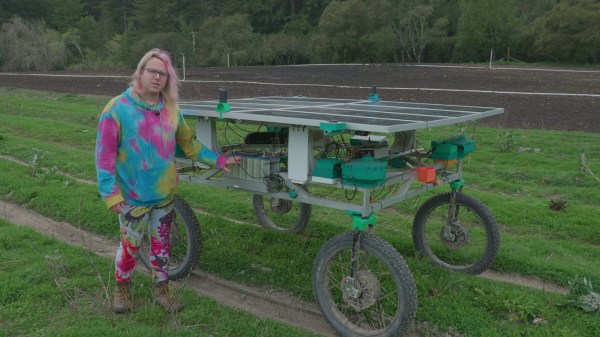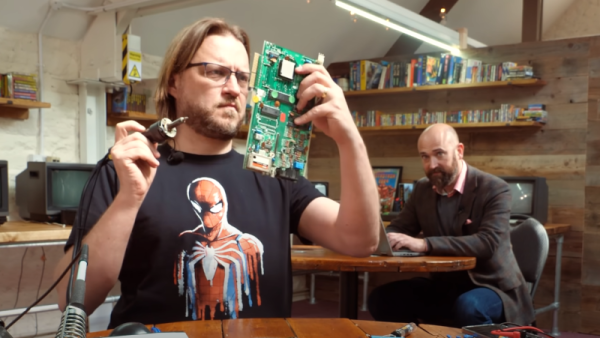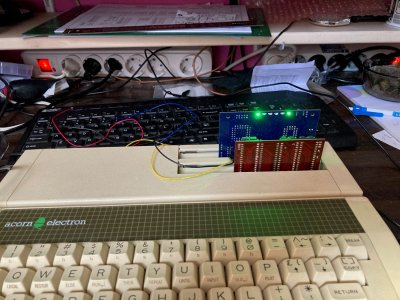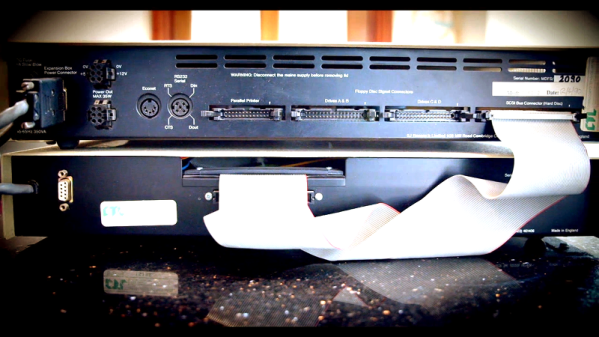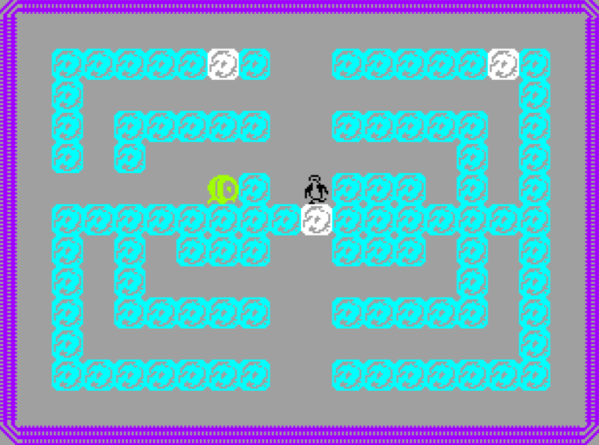For home computer users, the end of the 1980s was the era of 16-bit computers. The challenge facing manufacturers of 8-bit machines through the middle of the decade was to transfer their range and customers to the new hardware, and the different brands each did this in their own way. Commodore and Atari had 68000-based powerhouses, and Apple had their 16-bit-upgraded IIGS for the middle ground below the Mac, but what about Acorn, makers of the BBC Micro? They had the Archimedes, and [RetroBytes] takes us through how they packaged their 32-bit ARM processor for consumers.
The A3000 was the computer you wanted if you were a geeky British kid at the end of that decade, even if an Amiga or an ST was what you got. Schools had bought a few of the desktop Archimedes’, so if you were lucky you’d got to know Arthur and then RiscOS, so you knew just how fast these things were compared to the competition. The video below the break takes a dive into the decisions behind the design of this first ARM consumer product, and along the way it explains a few things we didn’t know at the time. We all know what happened to Acorn through the 1990s and we all use ARM processors today, so it’s a fascinating watch. If only an extra two hundred quid had been in the kitty back then and we could have bought one ourselves.
If you have never used an Archimedes you can get pretty close today with another Cambridge-designed and ARM-powered computer. RiscOS never went away, and you can run it on a Raspberry Pi. As we found, it’s still pretty useful.
Continue reading “The Last Acorn BBC Computer Wasn’t A BBC Micro”



